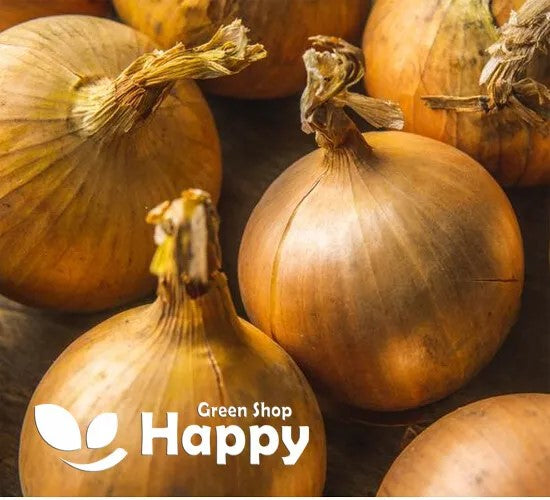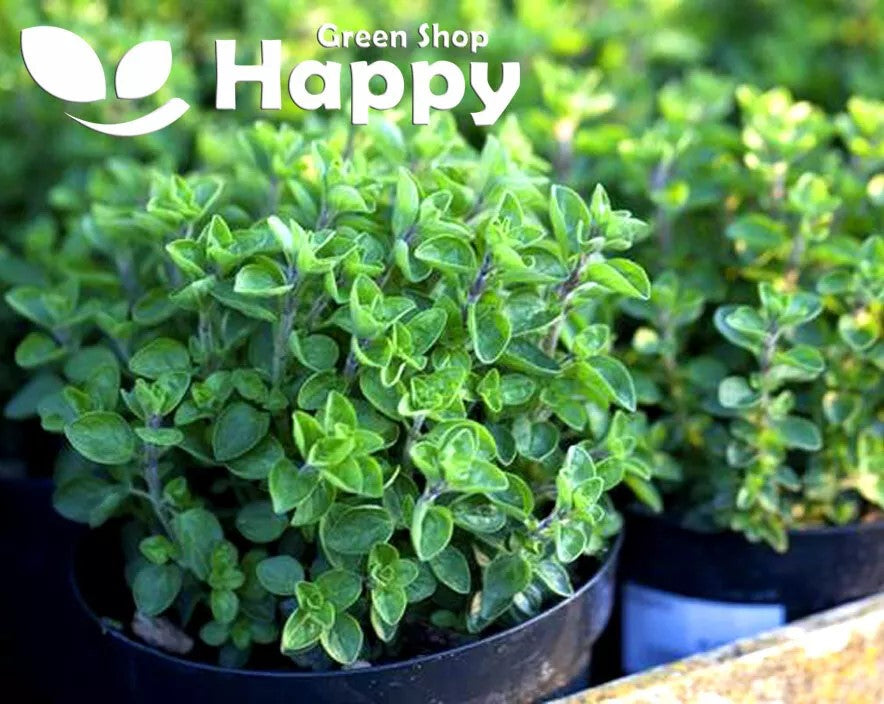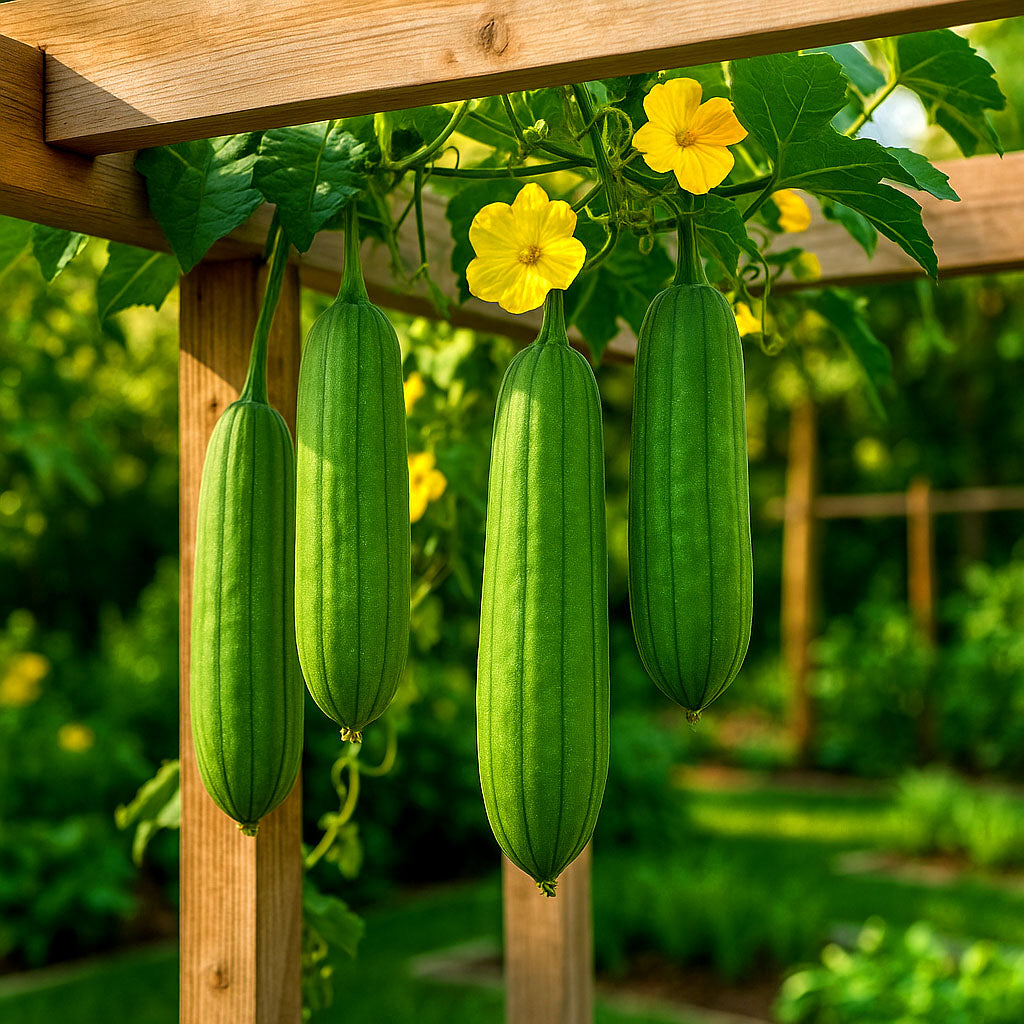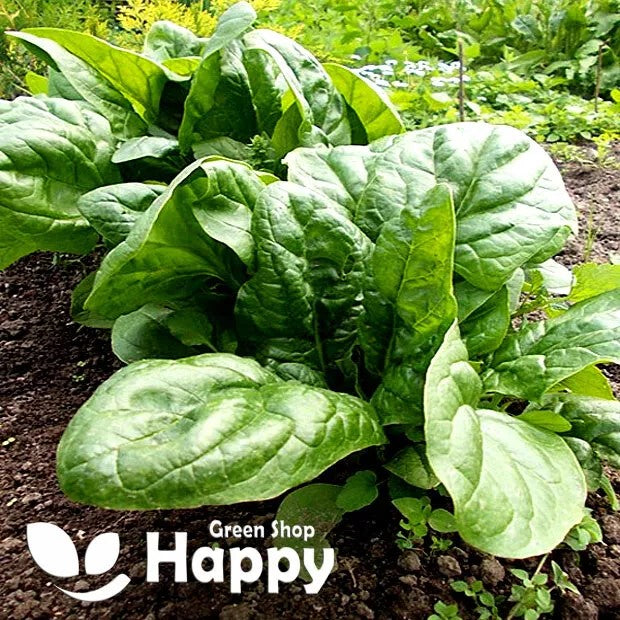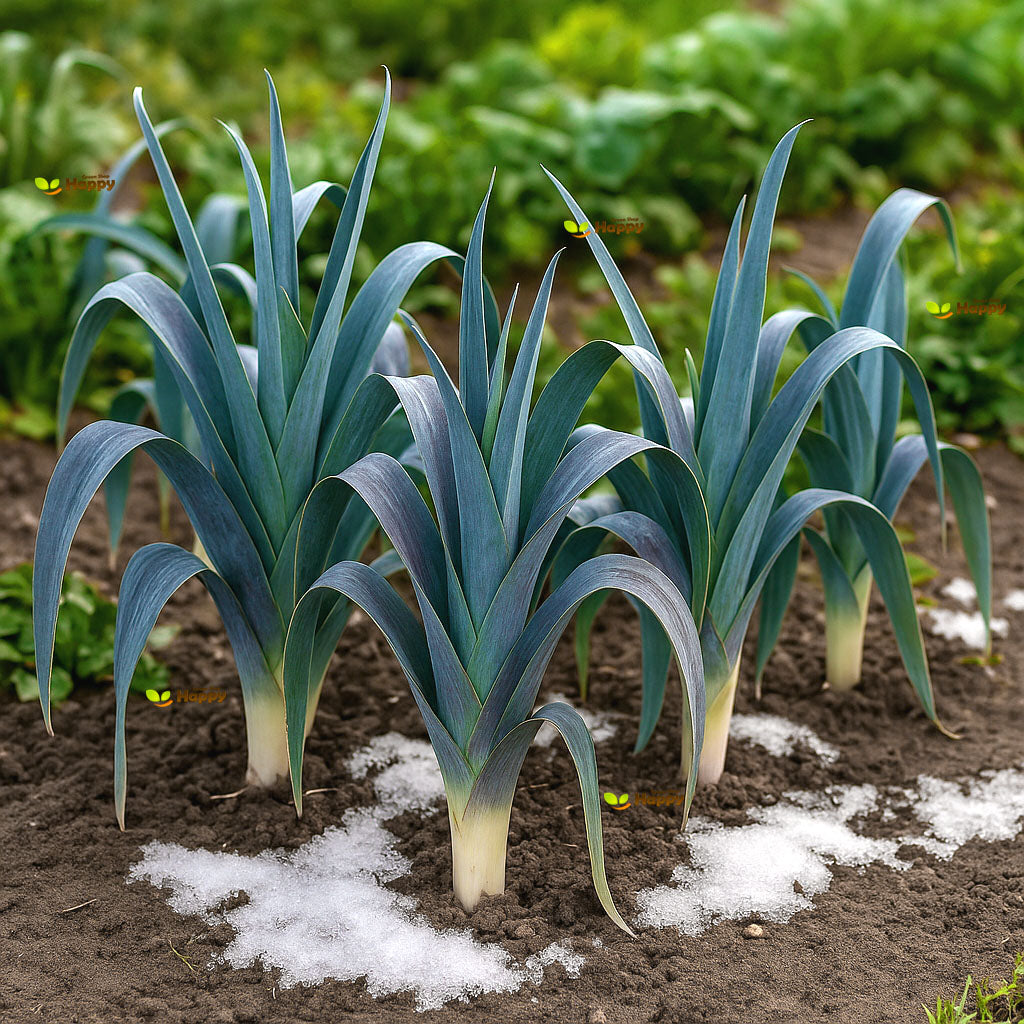Sort by:
5 products
5 products
Onion 'Spanish Sun' Seeds (Allium cepa)
Bring sunshine to your garden with Onion 'Spanish Sun', a reliable, early-maturing variety that produces large, globe-shaped golden bulbs. Known for its mild, sweet flavor and crisp texture, it’s perfect for fresh salads, cooking, or storing. Easy to grow and versatile in the kitchen, this onion is a must-have for every vegetable garden.
How to Grow
-
Sow indoors from January to March or directly outdoors from March to April.
-
Prefers fertile, well-drained soil in full sun.
-
Sow seeds 1 cm deep in rows 30 cm apart.
-
Thin seedlings to 10 cm spacing for full-sized bulbs.
-
Keep soil moist but not waterlogged.
Key Features
-
Early-maturing, large golden bulbs
-
Mild, sweet flavor with crisp texture
-
Suitable for fresh use, cooking, or storing
-
Reliable variety for consistent yields
-
Easy to grow in most garden soils
Ideal For
-
Home gardeners and allotments
-
Fresh salads, soups, and everyday cooking
-
Long-term storage after harvest
-
Gardeners seeking early, high-quality onions
Sowing
-
Best time: Indoors January–March, outdoors March–April
-
Depth: 1 cm
-
Spacing: 10 cm between plants, 30 cm between rows
-
Position: Full sun, well-drained fertile soil
-
Harvest: August to September
Quick Tip
-
Allow bulbs to fully dry in the sun before storing to extend their shelf life.
Greek Oregano – Seeds (Origanum hirtum)
Greek Oregano (Origanum hirtum) is a robust perennial herb, prized for its intensely aromatic leaves that are essential in Mediterranean cooking. Known for its strong flavor, it is a must-have for seasoning pizzas, pasta, roasted meats, and vegetables. Easy to grow and drought-tolerant, it also produces clusters of small white flowers that attract bees and other pollinators.
Why Grow Greek Oregano?
-
Classic Mediterranean herb with strong, authentic flavor
-
Hardy perennial, easy to maintain
-
Drought-tolerant and thrives in poor soils
-
Attracts bees and pollinators when in bloom
Key Features
-
Type: Perennial herb
-
Height: 30–60 cm
-
Spread: 30–45 cm
-
Flowering: June–August
-
Position: Full sun
-
Soil: Light, well-drained
Ideal For
-
Culinary herb gardens
-
Mediterranean and rock gardens
-
Container growing
-
Pollinator-friendly borders
Sowing & Growing
-
Sow indoors: February–April in trays/pots
-
Germination: 10–21 days at 18–22°C
-
Transplant outdoors: After frost risk has passed
-
Direct sow outdoors: May–June
-
Spacing: 25–30 cm apart
-
Harvest leaves regularly for best flavor
Tip: Trim plants after flowering to keep them compact and encourage fresh growth.
Vegetable Sponge – Seeds (Luffa cylindrica)
Grow your own natural sponges with Luffa cylindrica, also known as the vegetable sponge or loofah. This fascinating gourd plant produces long green fruits that, when matured and dried, reveal a fibrous interior perfect for eco-friendly sponges, bath accessories, and natural scrubbers. Young fruits can also be cooked and eaten like courgettes. A rewarding and unique plant for gardeners who love trying something different.
How to Grow
. Sow indoors in April, 1–2 cm deep in pots of moist compost, keeping them warm (20–25°C)
. Transplant outdoors or into a greenhouse after the last frost, spacing 60–90 cm apart
. Requires full sun, warmth, and rich, well-drained soil
. Support with trellis or canes for climbing vines
. Harvest young fruits for eating, or allow to mature fully for sponges
Key Features
. Produces natural loofah sponges when dried
. Young fruits edible, similar to courgettes
. Vigorous climbing plant with long vines
. Thrives in warm, sunny conditions
. Unique and sustainable garden crop
Ideal For
. Eco-friendly bath and kitchen sponges
. Gardeners who enjoy unusual crops
. Warm gardens, greenhouses, or polytunnels
. DIY natural skincare and household uses
Sowing & Harvest
. Sow: April – May
. Harvest: August – October (young fruits) or later for mature loofahs
Quick Tip
For sponges, leave fruits on the plant until skins turn yellow and dry, then peel to reveal the fibrous loofah inside.
Spinach 'Matador' – Seeds
(Spinacia oleracea) – Fast-Growing, Productive Variety
Spinach 'Matador' is a vigorous and reliable variety producing large, dark green, smooth leaves with a tender texture and rich flavor. It is well-suited for both spring and autumn sowings, offering multiple harvests of vitamin-rich leaves. This cold-hardy variety is slow to bolt, making it a favorite for home gardeners and kitchen use.
Key Features
-
Type: Leafy annual vegetable
-
Height: 20–30 cm
-
Leaves: Large, smooth, dark green, tender
-
Flavor: Mild, rich, and slightly sweet
-
Harvest: 40–50 days after sowing
-
Special: Good resistance to bolting
Ideal For
-
Fresh salads, smoothies, and juicing
-
Steaming, sautéing, and soups
-
Continuous cut-and-come-again harvest
-
Home gardens, allotments, and pots
Sowing & Growing
-
Sow outdoors: March–May and August–September
-
Spacing: 20–30 cm between rows; thin to 10 cm between plants
-
Soil: Fertile, moist, well-drained soil
-
Sunlight: Full sun or partial shade
-
Watering: Keep soil consistently moist to avoid bolting
Care Tips
-
Harvest young leaves regularly for best taste.
-
Provide light shade in hot summers.
-
Mulch to keep soil cool and retain moisture.
Herb Corn Salad Seeds (Valerianella locusta)
Also known as Lamb’s Lettuce or Mâche, Corn Salad is a fast-growing leafy green with soft, nutty-flavored leaves. Popular in European cuisine, it’s perfect for salads, sandwiches, and as a tender garnish. Hardy and cold-tolerant, it thrives in cooler months, making it an excellent choice for autumn and winter harvests. Easy to grow and highly nutritious, it’s a must-have for year-round salads.
How to Grow
-
Sow directly outdoors from March to May, and again from August to October.
-
Prefers fertile, well-drained soil in full sun or partial shade.
-
Sow thinly, 1 cm deep, in rows 20 cm apart.
-
Thin seedlings to 10 cm spacing for healthy plants.
-
Harvest young leaves as needed for cut-and-come-again cropping.
Key Features
-
Tender, nutty-flavored leaves
-
Hardy and cold-tolerant, ideal for winter salads
-
Quick and easy to grow
-
Perfect for cut-and-come-again harvesting
-
Highly nutritious and versatile in the kitchen
Ideal For
-
Autumn and winter vegetable gardens
-
Fresh salads and sandwich fillings
-
Containers, raised beds, and small gardens
-
Gardeners seeking a reliable cool-season green
Sowing
-
Best time: March–May, August–October
-
Depth: 1 cm
-
Spacing: 10 cm between plants, 20 cm between rows
-
Position: Full sun or partial shade
-
Harvest: October to March
Quick Tip
-
Succession sow every few weeks for a continuous supply of fresh leaves throughout the cooler seasons.

